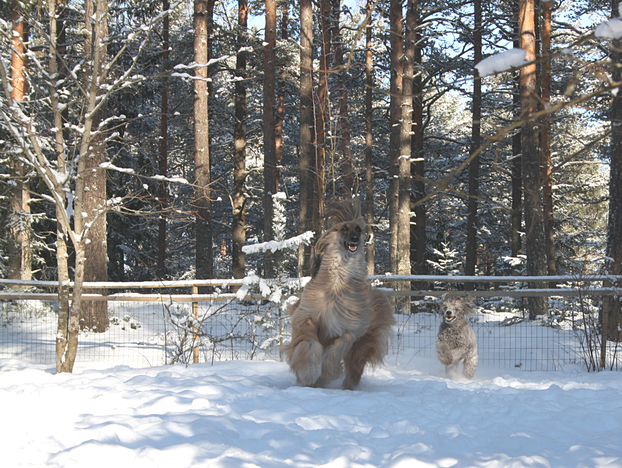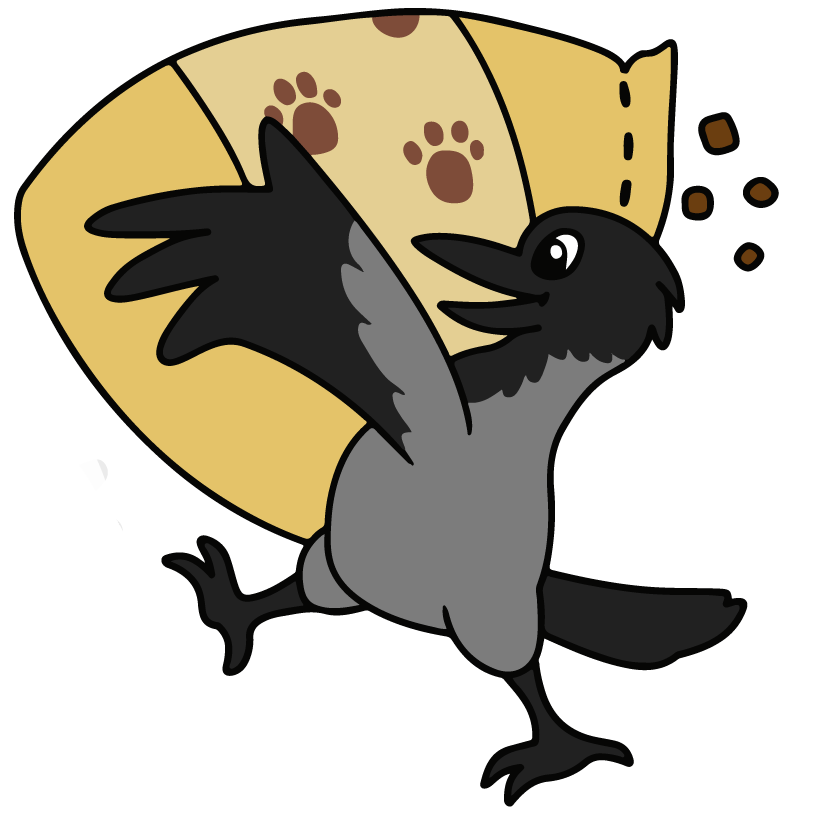Leadership problem is a term widely used withing trainers, owners and enthusiasts. While there is certain method to madness so to speak, assuming dogs see their human as a leader is false and proven wrong in multiple studies. But what is human to the dogs, then? |
Mistä on kyse?Koko elämänsä koiria harrastaneen raakaruokintafriikin ajatuksia, pohdintoja ja elämää koiralauman kanssa. Seuraa meitä
Päivitämme säännöllisen epäsäännöllisesti myös Facebookiin.
Historia
June 2022
Kategoriat
All
|



